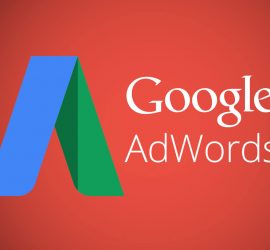
Change is good, or at least that is what they say. I’m not saying that all change is bad or not beneficial but I will say not all change improves the outcome for everyone.
A View of Current History
Case in point: when Google shifted search ads earlier this year away from the side bar and moved them to the bottom of the page. Granted, they did add one more ad to the top of the page, giving that one advertiser an advantage over those in the fifth position and down. But looking at it from another angle, the company in that fifth position had to pay more to get from the bottom of the page, or the second page, to sit in the top of the page area. So in essence it was a wash unless they converted. And those in the fifth position and down have to keep increasing their bids to achieve those coveted top-of-page positions.
Looking Into the Future
We are the leader in helping large and small agencies deliver Pay per click management services like Google Ads Management to their clients. Can we help you? Check out more about Our White Label PPC Services to learn more about what we can do to help your agency today.
Google has announced and will be implementing a couple new twists in SEM. First is going to be the transition from the long-lived Converted Clicks tracking to Conversions. Second will be the new expanded text ads for AdWords. The second was announced enough in advance so new ads could be created and tested alongside of the old format. Let’s look at some details on the rollouts coming, just around the corner.
Bye-Bye Converted Clicks, Hello Conversions
As Google explains it, when all this madness of pay per click began, conversion tracking collected data on what happened after a customer clicked on an ad. It didn’t matter if it were a form fill or a major purchase, as an advertiser you knew someone “converted” after clicking on one of your ads. As a converted click, the data could not be segmented in a way to let you know which of your conversions the customer had made or how many conversions they made.
Some AdWords accounts utilized the “cross-device conversions” option but this will be going away in a sense as well. It is going away only as an option to include in your “All Conversion” count and will automatically be included in the numbers being reported. Google will automatically convert your account away from Converted Clicks if you haven’t done so by the transition date of September 21, 2016. If you are going to convert your account yourself, there are two ways to accomplish it: using the migration tool and manually.
If you want to oversee the changes but not want to wait for the cutoff date using the migration tool is the way to go. When in your account, click the Tools menu, Conversions. In the upper right hand corner of the screen, above the list of conversions, you will see a box that says “Converted clicks are going away.” If you don’t see the box then you don’t have any changes to make, otherwise click on the box. You will see a list of proposed changes that will be made to your account. To make the changes, click the “Approve Changes” button. Simple!
If you want to have more control or want to choose some of the options, other than the default the migration tool uses, then a manual process is available. Google has laid out the steps for this with easy to follow instructions. If you are using target CPA or enhanced CPC in any of your campaigns, let them run at two weeks, so the bidding algorithms can adjust to the new data.
This will bring a change to the numbers you see reported as they will increase with the new settings. Take time to review and understand the results so you can adjust bidding on campaigns set for manual bidding.
Expanded Text Ads
This is a change that has been a long time coming. Many AdWords users have been pushing for more space, or characters, to get their message out to the public. It is available now and will be the only way ads can be created after October 26th. Google will let existing standard, or old format, search ads to run beyond that date but you will not be able to create new or modify and existing ads. At this point, they have not decided on how long they will continue to run the old format ads.
Why the Change?
There are two views on this. AdWords account holders and agencies have been asking for higher character limits to get their message across to the searching public for quite a while, but is that the reason? It may be part of the reasoning but others feel it is to move more into the mobile world.
With all the functions of smartphones, and their larger screens, more information can be displayed. Below is a table Google uses to compare the features of the current format with the new ETA format.
| Upgraded Ad Components | Current | Available later this year |
|---|---|---|
| More prominent headlines | One 25-character headline | Two 30-character headlines |
| Longer description line | Two 35-character description ines | One consolidated 80-character description line |
| Relevant display URL | Manually entered display URL. Any mismatch between your display, final and landing page URLs will cause your ad to be disapproved. | Domain automatically extracted from your final URL to ensure accuracy. You can customize the URL path. |
With a total 45 additional characters there is 50% more characters to get your message across to the public. The biggest change is the headline, which is more eye-catching, because it delivers the details you want to hit the prospective customer with. Whether it is more detail about your product or service or a call to action such as “20% Off Today” or “Signup For Our Seminar.”With the current ad format you would reach all device types with an ad but preference was given to desktops over mobile so you would duplicate an ad and select the Mobile option to be more geared towards mobile devices. With the new format, ads look great on all devices and the Device Preference is not available but bid adjstments can be made that affect how often your ads show across different devices.Device Bid AdustmentsIn the past you might have adjusted your mobile bidding up or down to manage how ads reached mobile devices. One of the added benefits with the new format is going to be adjusting either desktop or mobile bidding to determine which device you are targeting. Although this is not going to be available to all users, and it will have a full roll out over the next few months.Let’s RecapAt the top of this blog I said change is not always a good thing. Do you see the good and the bad in either of these up coming changes?The good is you will see a more accurate conversion count with the change from Converted Clicks to Conversions and you will be getting more information about your product or service in front of consumers with the Expanded Text Ads. The bad? Well, where does this put your cummulative data comparisons? We started over ad position in February when side bar ads were dropped, not to mention increased bids to stay at the top of the page. Now where will the change in conversion tracking lead us?
–Gary Harvison, PPC Manager










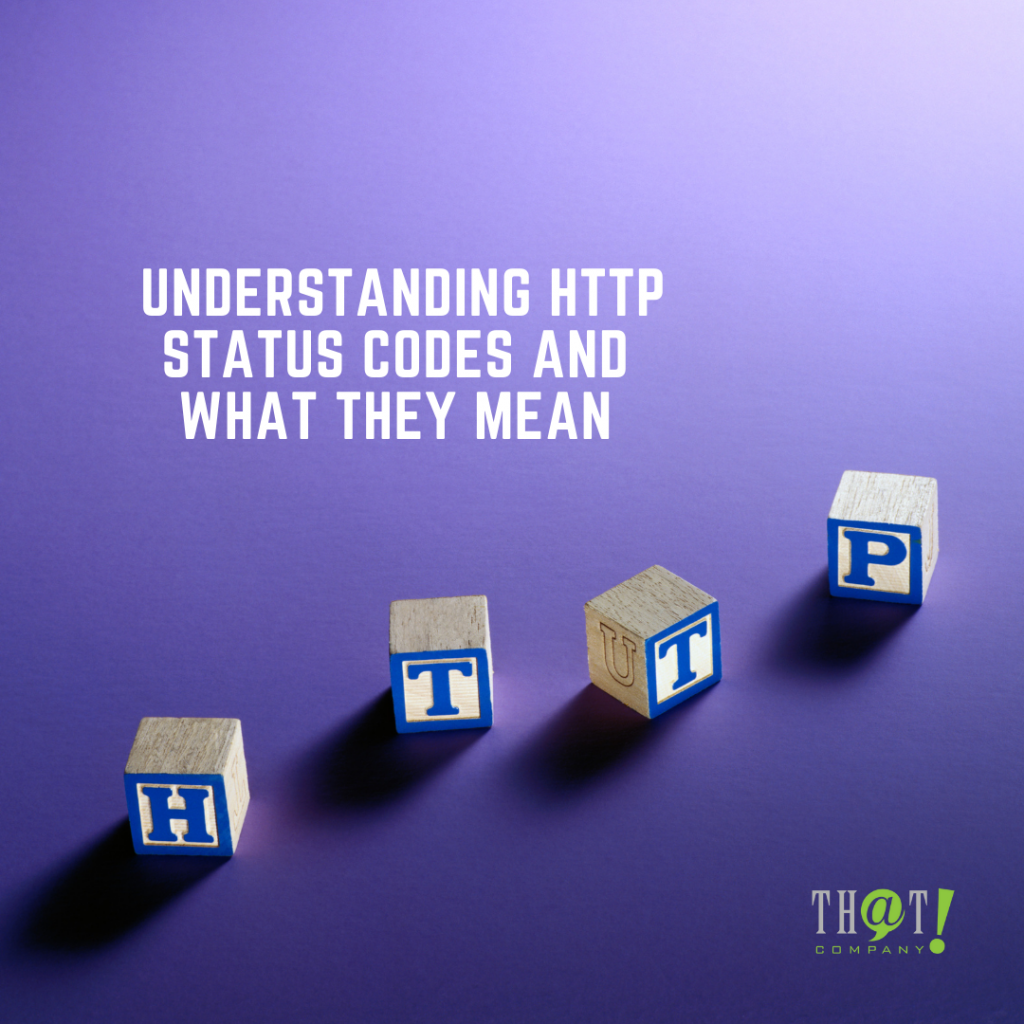
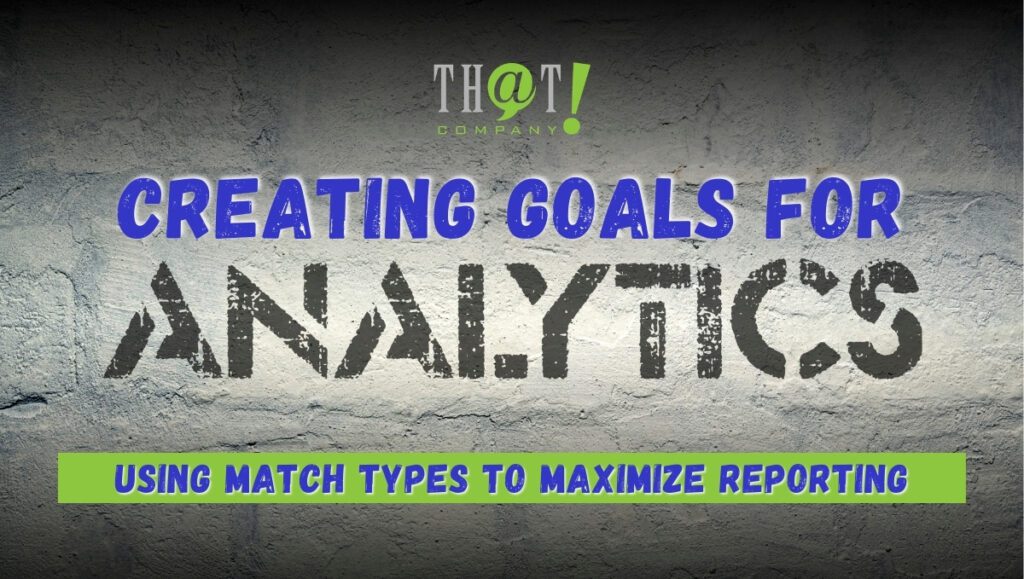
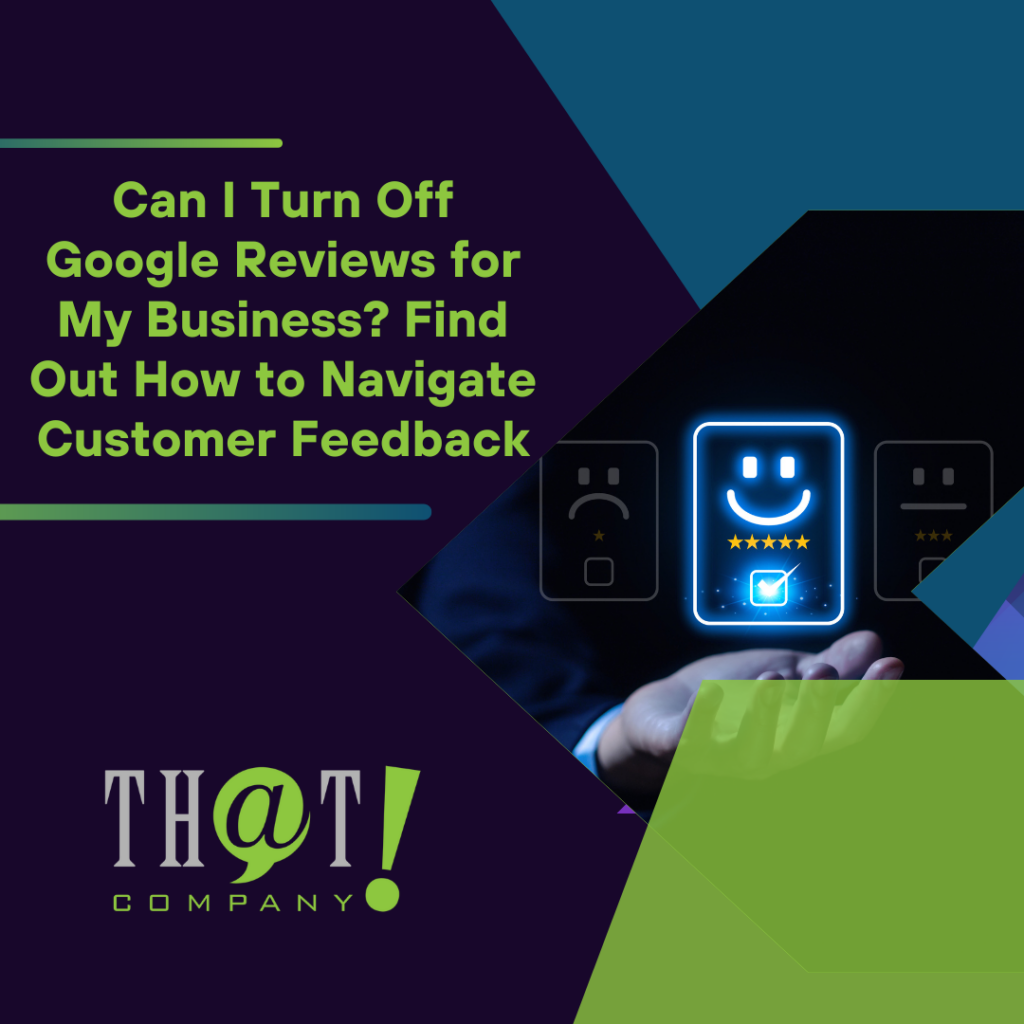
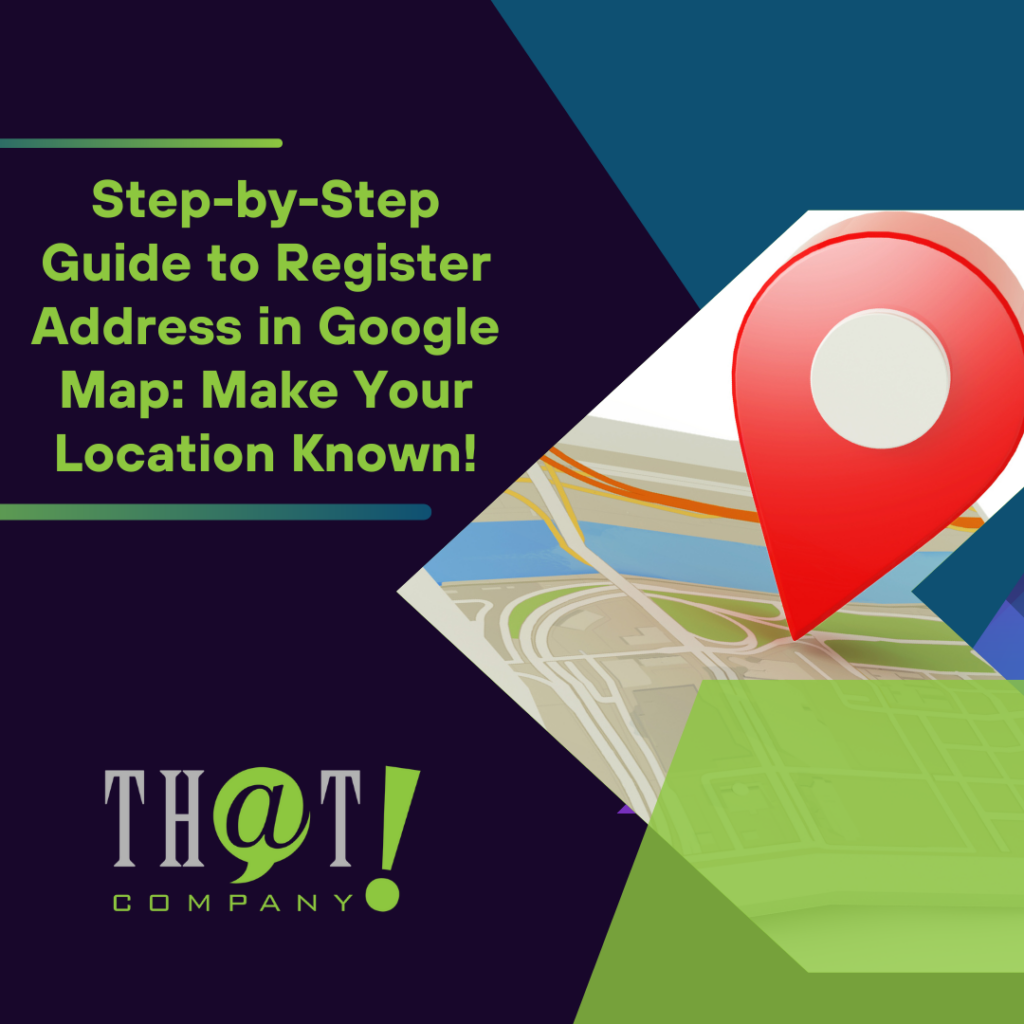





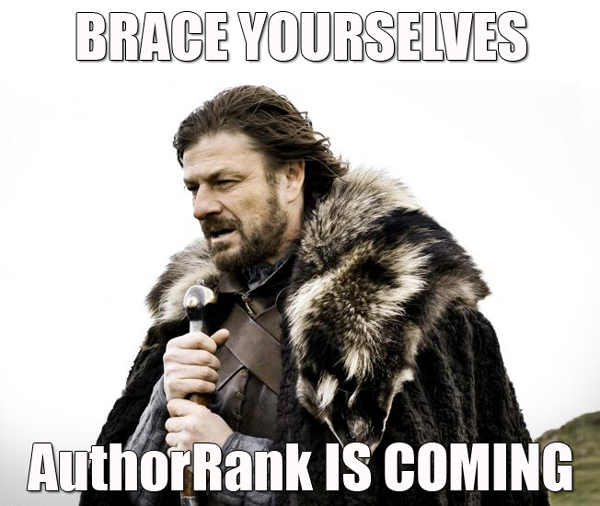
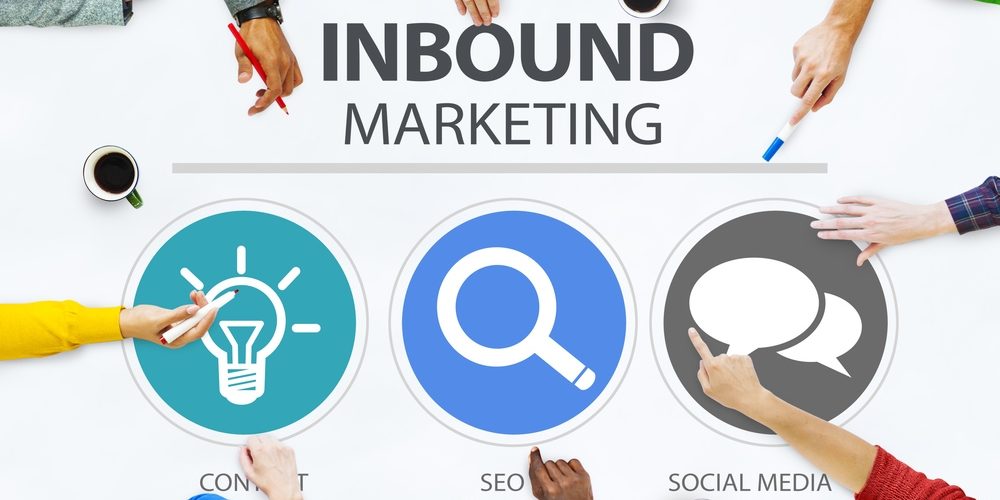
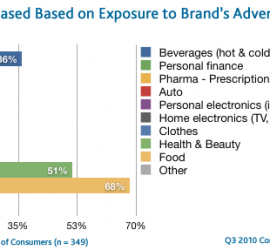

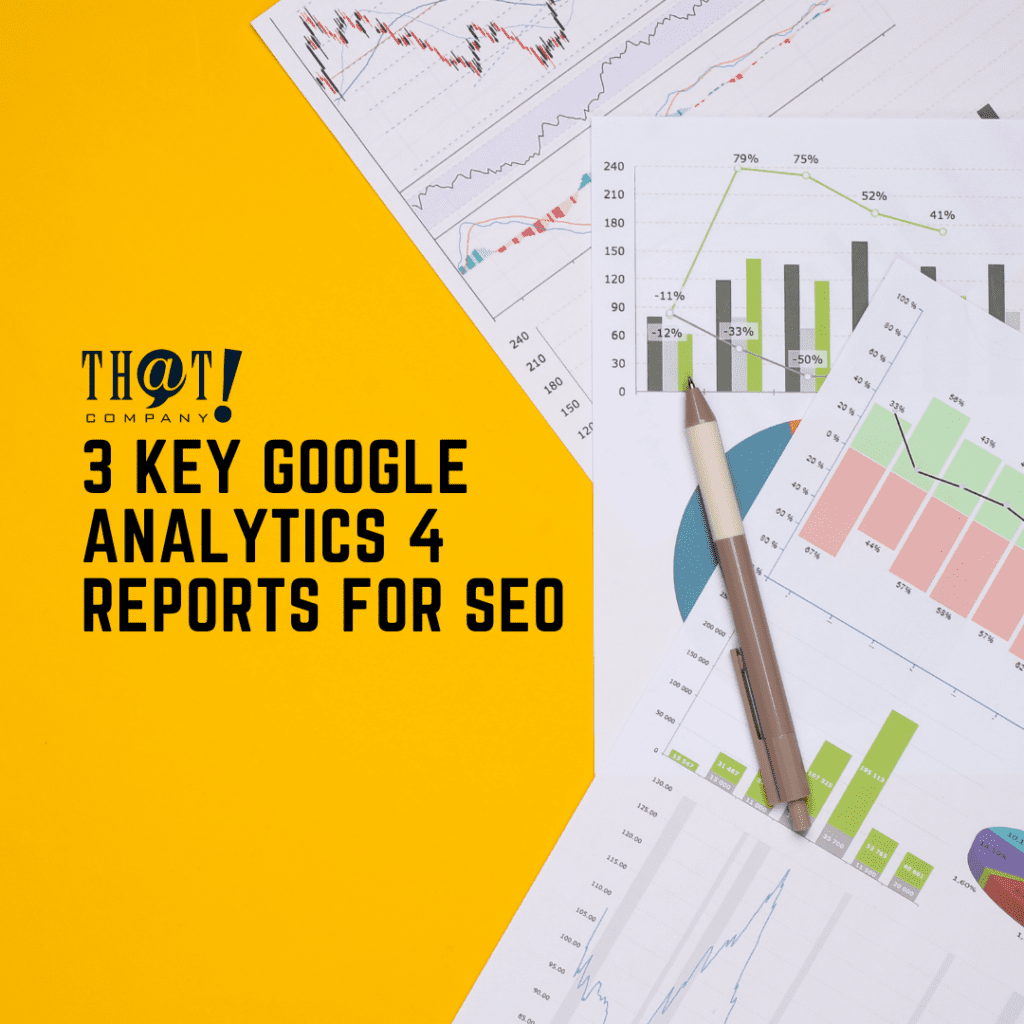

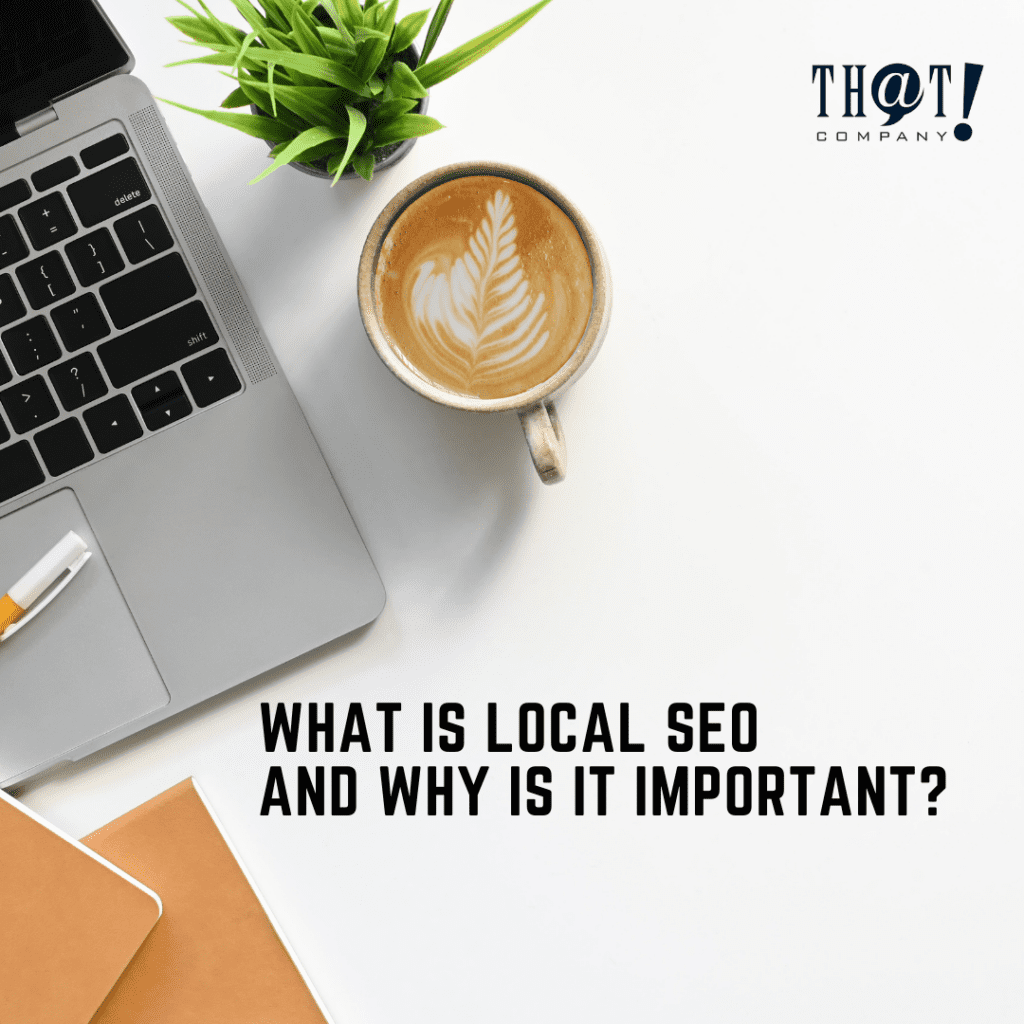

 Talk With Us
Talk With Us  Give Some Love
Give Some Love 


